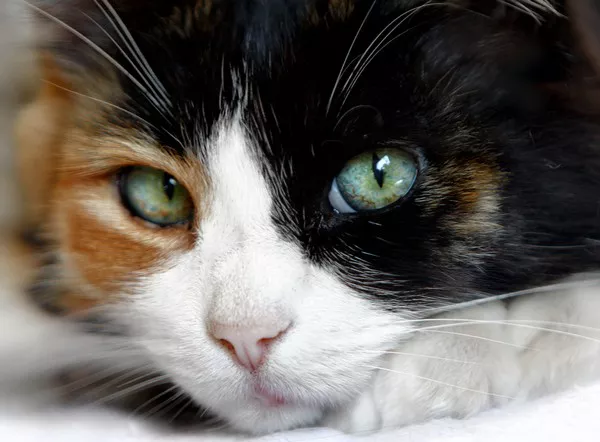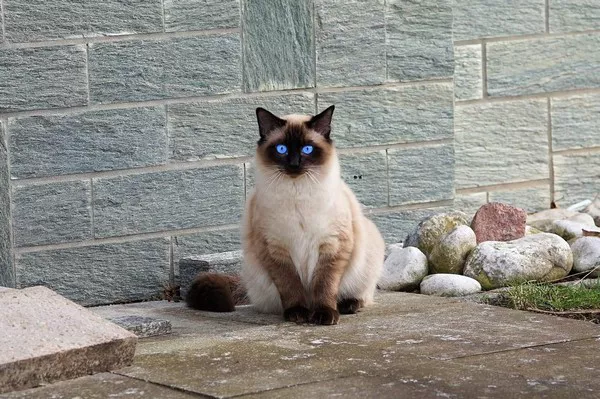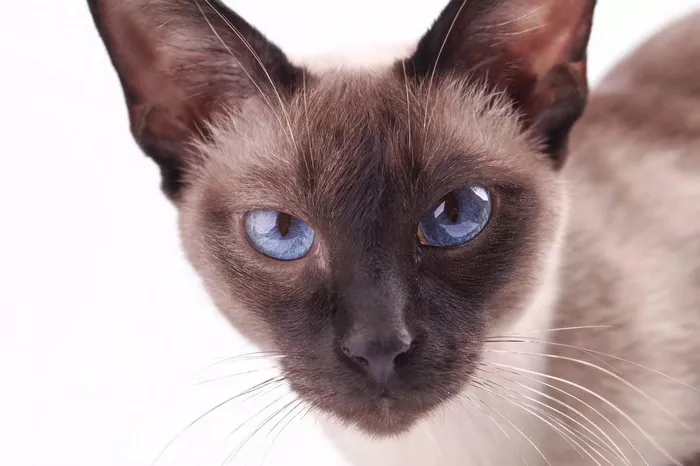Calico cats are renowned for their distinctive, multicolored coats, typically comprising white, black, and orange patches. This tri-color pattern has fascinated cat lovers and geneticists alike, leading to a plethora of questions about the nature of their fur. One of the most intriguing questions is whether a calico cat’s fur changes color over time. This article delves into the genetics, biology, and environmental factors that can influence the color of a calico cat‘s fur, providing a comprehensive understanding of this unique phenomenon.
Factors Influencing Color Changes
Age and Maturation
As calico cats age, their fur may undergo subtle changes. Kittens often have softer, fluffier fur that can change texture and color as they mature into adults. This change is usually more pronounced in the texture and length of the fur rather than its color, but some shifts in hue can occur.
Hormonal Changes
Hormonal fluctuations, particularly in females, can influence fur coloration. For example, pregnant or lactating cats may experience changes in their coat due to hormonal shifts. Spaying or neutering can also impact hormone levels, which might slightly alter the color intensity or pattern of the fur.
Seasonal Changes
The color of a calico cat’s fur can sometimes appear to change with the seasons. This phenomenon is often more about the density and thickness of the fur rather than a true color change. In colder months, a calico’s fur may thicken, making the colors appear darker or more vibrant. Conversely, in warmer months, shedding can make the colors look lighter.
Health and Fur Color
Diet and Nutrition
A cat’s diet plays a crucial role in the health and appearance of its fur. Nutrient deficiencies, particularly in essential fatty acids, vitamins, and minerals, can lead to dull, brittle fur that may change in appearance. A balanced diet rich in omega-3 and omega-6 fatty acids, vitamins A and E, and high-quality proteins is essential for maintaining a calico cat’s vibrant coat.
Medical Conditions
Several medical conditions can affect a calico cat’s fur color and quality. Hyperthyroidism, for instance, can cause fur to become thin and patchy. Skin infections or allergies may also lead to changes in fur color due to inflammation or excessive grooming. Vitiligo, a condition that causes depigmentation, can result in white patches appearing on the cat’s fur over time.
Stress and Environmental Factors
Stress can have a significant impact on a cat’s overall health, including its fur. Cats under chronic stress may over-groom, leading to fur loss or changes in color due to saliva staining. Environmental factors such as exposure to sunlight can also bleach the fur, particularly in orange and black patches, making them appear lighter.
Grooming and Maintenance
Regular Brushing
Regular grooming is essential for maintaining the health and appearance of a calico cat’s coat. Brushing helps remove loose fur, dirt, and debris, which can prevent matting and promote healthy skin. It also distributes natural oils produced by the skin, giving the fur a healthy sheen.
Bathing
While cats are generally good at grooming themselves, occasional baths can help keep their fur clean and vibrant. Using a cat-specific shampoo ensures that the fur is cleaned without stripping away essential oils. However, over-bathing can dry out the skin and fur, so it should be done sparingly.
Professional Grooming
For long-haired calico cats, professional grooming might be necessary to prevent matting and tangles. Regular trips to a groomer can also help detect skin issues or other health problems early, ensuring that the cat’s fur remains healthy and vibrant.
Case Studies and Anecdotes
Case Study 1: Seasonal Fur Changes
A calico cat named Bella, living in a temperate climate, exhibited noticeable changes in her fur coloration with the seasons. During winter, her fur appeared denser and darker, particularly the black and orange patches. In summer, after shedding her winter coat, Bella’s fur looked lighter and less vibrant. This case highlights how environmental factors such as temperature and sunlight exposure can influence the perceived color of a calico cat’s fur.
Case Study 2: Hormonal Impact
Molly, a female calico cat, showed changes in her fur during and after pregnancy. Her normally vibrant orange patches became slightly duller, and her black patches appeared more muted. After weaning her kittens, Molly’s fur gradually returned to its original vibrancy. This case underscores the impact of hormonal changes on fur color in calico cats.
Case Study 3: Diet and Nutrition
A calico cat named Whiskers was adopted from a shelter with a dull, brittle coat. Her new owner switched her to a high-quality diet rich in essential nutrients. Over the course of several months, Whiskers’ fur became noticeably shinier and more vibrant. This case demonstrates the importance of proper nutrition in maintaining a healthy, colorful coat.
Conclusion
Calico cats are a unique and fascinating breed with their tri-color coats. While the fundamental color pattern of a calico cat is determined by genetics, various factors can influence changes in the appearance of their fur over time. Age, hormonal changes, diet, health, stress, and environmental factors all play a role in the subtle shifts in fur coloration.
In conclusion, while calico cats’ fur may not change color dramatically, various internal and external factors can influence the intensity and appearance of their tri-color pattern. By being aware of these factors and providing proper care, cat owners can ensure their calico cats live healthy, happy lives with their beautiful coats intact.
























